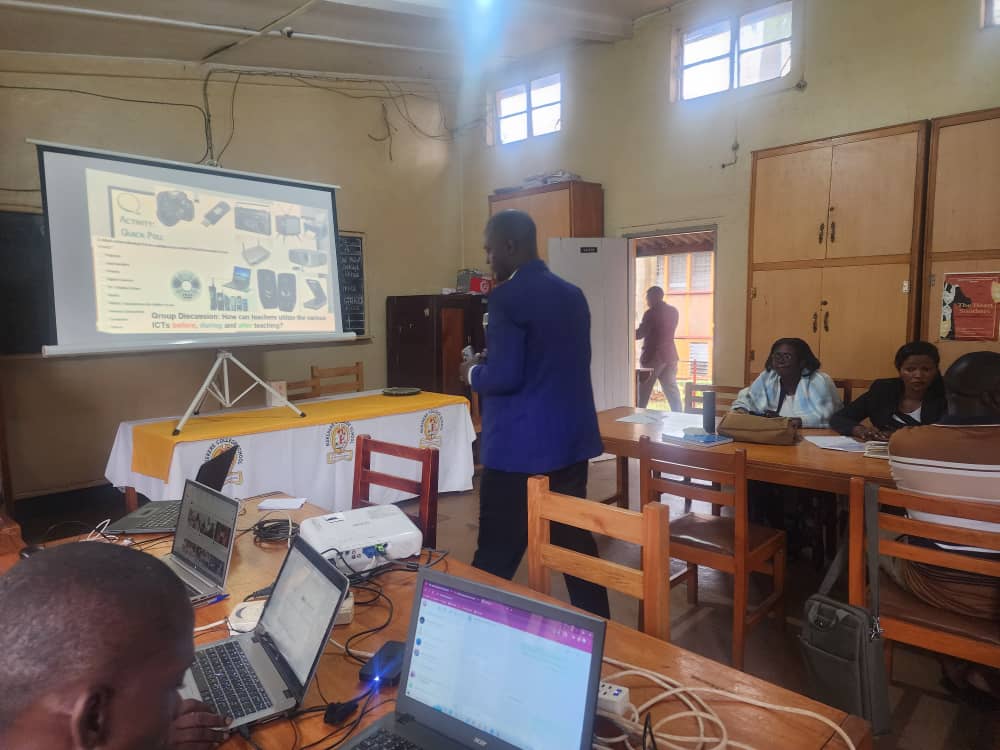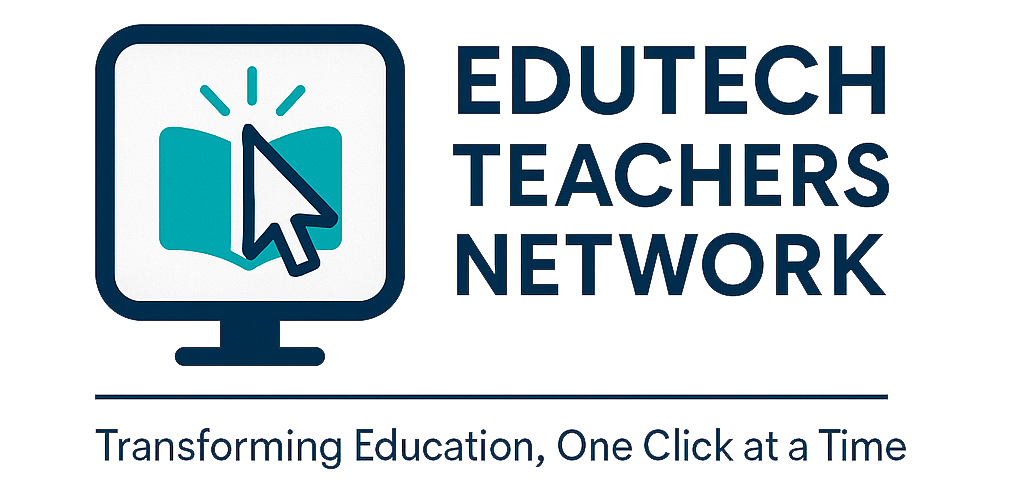Explore the essentials of ICT integration in teaching and learning. Discover why digital technology is key to transforming education and empowering teachers and learners through the EduTech Teachers Network (ETN).
In today’s digital world, technology has become a vital part of every learning environment.
The integration of Information and Communication Technology (ICT) in teaching and learning is no longer optional it’s essential.
ICT helps teachers deliver lessons more effectively, supports active learning, and prepares students with the skills needed for the modern world.ICT is not just a tool it’s a teaching companion for the modern educator.”
Overview of ICT Integration in Education
ICT integration means using digital tools like computers, the internet, projectors, tablets, and educational software to improve how lessons are taught and learned.This basically refers to the meaningful use of technology tools and resources in the teaching and learning process. It’s not just about having computers in a classroom — it’s about how teachers and learners use those tools to enhance understanding, participation, and creativity.
When ICT is effectively integrated, it becomes part of everyday teaching from preparing lessons, delivering content, assessing learners, to communication and collaboration.
Integration means technology becomes a bridge between teachers, students, and knowledge hence helping to make learning more active and relevant to real-world experiences.
When effectively applied, ICT enables the following;
- 🎥 Interactive lessons with videos, presentations, and simulations.
- 🤝 Collaborative learning using online discussion platforms.
- 🌐 Access to global knowledge through digital resources.
- 📊 Efficient assessment and feedback via digital tools.

ICT turns the traditional classroom into a dynamic, learner-centered environment where creativity and curiosity thrive.
Importance of ICT Integration in Teaching and Learning
1️⃣ Enhances Teaching Efficiency
Teachers can plan and deliver content easily with PowerPoint, Google Slides, or interactive whiteboards. It also helps organize records and reduces paperwork.
2️⃣ Promotes Active and Collaborative Learning
ICT tools encourage students to discuss, share, and collaborate through online group work and virtual classrooms.
3️⃣ Bridges the Gap Between Teachers and Learners
Using WhatsApp, Google Classroom, and Zoom, teachers can support learners anytime, anywhere.
4️⃣ Prepares Learners for the Future
ICT equips learners with digital literacy, creativity, and problem-solving skills needed in today’s world of work.
5️⃣ Improves Assessment and Feedback
Teachers can use Google Forms, Kahoot, and e-portfolios for fair and fast evaluations, allowing continuous improvement and friendship , hamony between the Teacher and learners.

Final note on ICT Essentials,
ICT integration bridges traditional and modern teaching.
When teachers use technology effectively, classrooms become vibrant centers of collaboration, creativity, and innovation. ICT integration transforms classrooms into spaces of curiosity.
By embracing technology, teachers open doors to new ways of learning that inspire both minds and hearts.
Through the EduTech Teachers Network (ETN) and Sharebility Uganda, we can continue empowering educators and learners to thrive in this digital era – one classroom at a time.
🌱 Empowering teachers through technology is empowering the future.




Leave a Reply